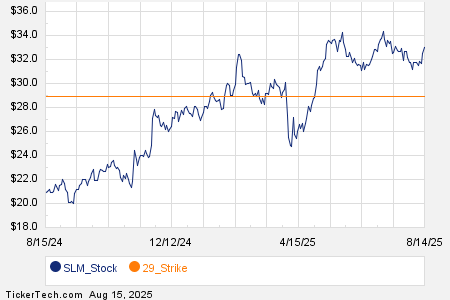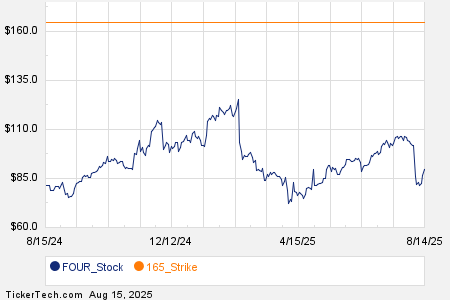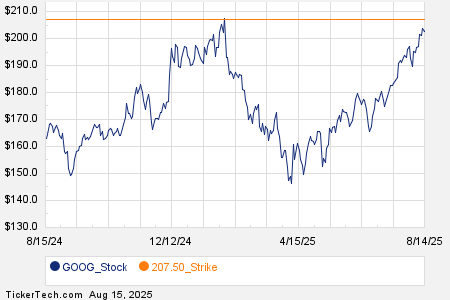U.S. inflation data released for July indicates a mixed economic landscape, with the Consumer Price Index (CPI) rising by 0.2%, bringing annual inflation down to 2.7%, slightly below economists’ expectations of 2.8%. This marks the sixth consecutive month of CPI results falling short of predictions. Conversely, the Producer Price Index (PPI) jumped by 0.9%, significantly higher than the anticipated 0.2%, driven by increased wholesale diesel prices and trade margins. The retail sales report showed a 0.5% increase in sales for July, just under the 0.6% estimate and indicating ongoing consumer caution.
Key numbers include: July jobs added at 73,000, missing expectations for 115,000; downward revisions of 258,000 jobs from prior months; and a 1.6% increase in motor vehicle sales. The latest figures suggest that the economy may not be as robust as the Federal Reserve previously anticipated, pushing expectations for a potential rate cut in September.
This economic data reflects broader challenges facing the Fed, reinforcing narratives around the impact of tariffs on inflation rates. With treasury yields reacting minimally to the news, Wall Street appears more focused on the potential for monetary easing than inflation concerns.






